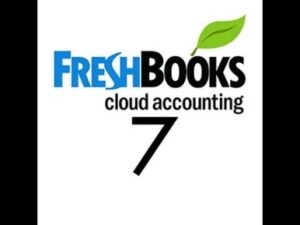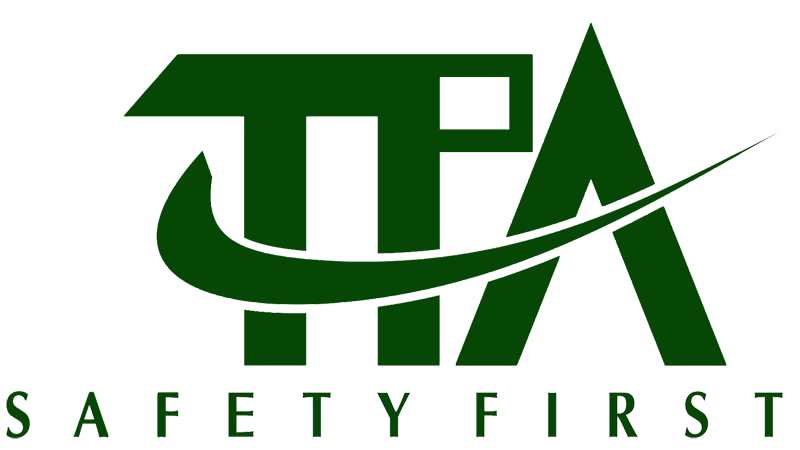Content

You can then depreciate all the properties in each account as a single item of property. Under the allocation method, you figure the depreciation for each later tax year by allocating to that year the depreciation attributable to the parts of the recovery years that fall within that year. Whether your tax year is a 12-month or short tax year, you figure the depreciation by determining which recovery years are included in that year.
Each asset account should have an accumulated depreciation account, so you can compare its cost and accumulated depreciation to calculate its book value. Assets depreciate over time to allow the business to slowly write down the cost of the asset and receive a tax deduction for each year. If an asset was completely depreciated in its first year, the company would only have the tax benefits once. Because business assets such as computers, copy machines and other equipment wear out over time, you are allowed to write off (or “depreciate”) part of the cost of those assets over a period of time. These tips offer guidelines on depreciating small business assets for the best tax advantage. One way to calculate depreciation is to spread the cost of an asset evenly over its useful life; this is called straight line depreciation.
What Can Be Depreciated in Business? Depreciation Decoded
Get help and simplify your accounting withtax servicesandexpense management software. Examples include oil & gas, automobiles, real estate, metals & mining. Therefore, firms use the following five methods to charge for it. Depreciation is a non-cash business expense incurred by a company for employing a tangible asset like machinery, tools, and equipment for business use. Knowing what can and cannot be depreciated in a year will help business avoid high front-loaded expenses and highly variable financial results.
If a company decides to take bonus depreciation, it must be during the first year of the asset’s life, or they can choose to use one of the depreciation methods above. There are different methods for calculating depreciation for small businesses. Some accelerate deductions so you write off more of the cost up front. Or you may be required or choose to use a method that spreads deductions for cost over the life of the property. Usually, accelerated depreciation is preferable because you get your tax breaks quickly. But startups that expect to have more income in the future may prefer to spread deductions, effectively saving deductions for later years.
Other Methods of Depreciation
The method that takes an asset’s expected life and adds together the digits for each year is known as the sum-of-the-years’-digits method. Depreciation is a way for businesses to allocate the cost of fixed assets, including buildings, equipment, machinery, and furniture, to the years the business will use the assets. Some items should not be depreciated inasset management systems.
Their unadjusted basis after the section 179 deduction was $15,000 ($39,000 – $24,000). They figured their MACRS depreciation deduction using the percentage tables. To figure your depreciation deduction under MACRS, you first determine the depreciation system, property class, placed in service date, basis amount, recovery period, convention, and depreciation method that apply to your property.
Sum-of-the-years’-digits (SYD) Method
The allowance is an additional deduction you can take after any section 179 deduction and before you figure regular depreciation under MACRS for the year you place the property in service. In 2022, Beech Partnership placed in service section 179 property with a total cost of $2,750,000. The partnership must reduce its dollar limit by $50,000 ($2,750,000 − $2,700,000).
Why do you depreciate assets?
Depreciation allows for companies to recover the cost of an asset when it was purchased. The process allows for companies to cover the total cost of an asset over it's lifespan instead of immediately recovering the purchase cost. This allows companies to replace future assets using the appropriate amount of revenue.
Asset Management 5 Problems Occur Due to the Absence of Asset Management These are few problems and outcomes which occurs due to absence of asset management. Utility management keeps track of asset performance and enables you to monitor & analyze performance to minimize consumption. Scheduled & breakdown maintenance for all your assets and equipment. A complete help desk solution for your service engineers, technicians and facility managers.
For economic depreciation, see Depreciation and Fixed capital § Economic depreciation. For the decrease in value of a currency, Depreciation Of Assets see Currency depreciation. Written-down value is the value of an asset after accounting for depreciation or amortization.

Many systems that specify depreciation lives and methods for financial reporting require the same lives and methods be used for tax purposes. Most tax systems provide different rules for real property (buildings, etc.) and personal property (equipment, etc.). Tara Corporation, https://quick-bookkeeping.net/how-to-create-progress-invoicing-in-quickbooks/ with a short tax year beginning March 15 and ending December 31, placed in service on October 16 an item of 5-year property with a basis of $1,000. Tara does not elect to claim a section 179 deduction and the property does not qualify for a special depreciation allowance.
It is an important component in the calculation of a depreciation schedule. Depreciation schedules can range from simple straight-line to accelerated or per-unit measures. The carrying value of an asset after all depreciation has been taken is referred to as its salvage value. Accumulated depreciation refers to the sum of all depreciation recorded on an asset to a specific date. Thomas J Catalano is a CFP and Registered Investment Adviser with the state of South Carolina, where he launched his own financial advisory firm in 2018.
How do you depreciate assets?
You can deduct the cost of a capital asset, but not all at once. The general rule is that you depreciate the asset by deducting a portion of the cost on your tax return over several years.
With the double-declining-balance method, the depreciation factor is 2x that of the straight-line expense method. The main advantage of the units of production depreciation method is that it gives you a highly accurate picture of your depreciation cost based on actual numbers, depending on your tracking method. Its main disadvantage is that it is difficult to apply to many real-life situations, as it is not always easy to estimate how many units an asset can produce before it reaches the end of its useful life. Companies take depreciation regularly so they can move their assets’ costs from their balance sheets to their income statements. When a company buys an asset, it records the transaction as a debit to increase an asset account on the balance sheet and a credit to reduce cash , which is also on the balance sheet. Neither journal entry affects the income statement, where revenues and expenses are reported.
How Depreciation Affects Accounting Ratios?
After a certain period of time, these assets become obsolete and need to be replaced. Assets are depreciated to calculate the recovery cost that is incurred on fixed assets over their useful life. This is used as a sinking fund to replace the asset when it is at the end of its working life or when you need to sell it. Depreciation offixed assetsallows businesses to deduct the cost of assets over time.
- These include white papers, government data, original reporting, and interviews with industry experts.
- Once the per-unit depreciation is found out, it can be applied to future output runs.
- There may be something you missed that could bring your business thousands in tax savings.
- Over the useful life of an asset, the value of an asset should depreciate to its salvage value.
- In the United States, residential rental buildings are depreciable over a 27.5 year or 40-year life, other buildings over a 39 or 40-year life, and land improvements over a 15 or 20-year life, all using the straight-line method.
A reporting entity should evaluate both the method of depreciation and the remaining useful lives of its long-lived assets as events and circumstances change. When events occur that trigger the need to assess an asset for recoverability, it may also be necessary to consider whether the method of depreciation and the asset’s estimated useful life continue to be appropriate. See PPE 4.2.3 for further information about changes in useful life. The total cost of the retired poles would be charged to accumulated depreciation. Depreciation would continue to be recognized for the remaining telephone poles until they are retired. Given the early retirement, Telecom Co may need to evaluate whether the previous depreciation rate of 20% is still a reasonable estimate of the remaining useful life of the group.


